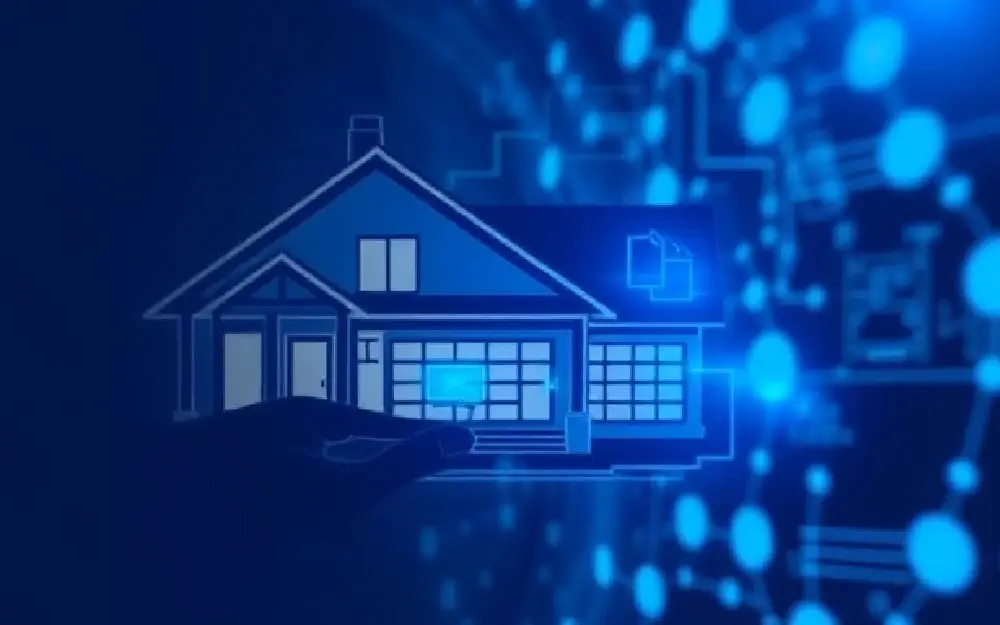
Integrating Home Automation into Your Building Plans: A Comprehensive Guide
In today's fast-paced world, home automation is no longer just a luxury; it's quickly becoming an essential aspect of modern living. Whether you're constructing a new home or renovating an existing one, integrating home automation into your building plans can significantly enhance convenience, security, and energy efficiency. This comprehensive guide will walk you through the key considerations and steps for seamlessly incorporating smart technology into your home.1. Understanding Home Automation
Home automation refers to the use of technology to control various home systems remotely or automatically. This includes lighting, heating, cooling, security, entertainment, and even appliances. By integrating these systems, homeowners can enjoy greater control, efficiency, and comfort.2. Identify Your Needs and Goals
Before diving into the technical aspects, take some time to identify what you want to achieve with home automation. Consider the following:
- Convenience: Do you want to control everything from your smartphone?
- Security: Are you looking for smart locks, cameras, and alarms?
- Energy Efficiency: Would you like to optimize energy consumption with smart thermostats and lighting?
- Entertainment: How important is integrated audio-visual technology to you?
3. Choosing the Right Technology
With a plethora of smart devices available, it's essential to choose technology that fits your needs. Here are some popular categories:
- Lighting: Smart bulbs and automated lighting systems can be programmed or controlled remotely.
- Heating and Cooling: Smart thermostats adapt to your lifestyle, helping to reduce energy costs.
- Security Systems: Consider smart cameras, doorbell cameras, and motion detectors that can alert you in real-time.
- Entertainment: Whole-home audio systems and smart TVs can enhance your entertainment experience.
- Appliances: Smart appliances can streamline daily tasks and improve efficiency.
4. Planning the Infrastructure
When integrating home automation, consider the infrastructure that will support your smart devices:
- Wiring: Plan for adequate wiring and outlets to accommodate devices. Ethernet cables may be needed for stable connections.
- Network: A strong Wi-Fi network is crucial. Consider a mesh network to ensure consistent coverage throughout your home.
- Power Supply: Ensure that your electrical systems can support the additional load of smart devices.
5. Selecting a Control System
A centralized control system can simplify the management of your home automation devices. Consider options like:
- Smart Hubs: Devices like Samsung SmartThings or Google Nest can act as the brain of your home automation system, connecting various devices.
- Voice Assistants: Integration with voice-activated systems such as Amazon Alexa or Google Assistant can enhance usability.
6. Working with Professionals
While DIY installation is an option for some devices, working with professionals can ensure a seamless integration of your home automation systems. Consider hiring:
- Home Automation Specialists: They can provide expert advice and installation services.
- Electricians: Qualified electricians can handle wiring and ensure compliance with safety standards.
7. Future-Proofing Your Home
Technology is constantly evolving, and it's crucial to plan for the future. Here are some tips for future-proofing your home automation system:
- Modular Systems: Choose devices that can be easily upgraded or expanded as new technology becomes available.
- Interoperability: Opt for devices that work well together and are compatible with different platforms.
8. Testing and Adjusting
Once your home automation system is installed, spend some time testing everything to ensure it meets your expectations. Make adjustments as needed to optimize performance and usability.
9. Educating Household Members
Finally, ensure that everyone in your household understands how to use the new technology. Provide training on controlling devices, troubleshooting common issues, and maximizing the benefits of home automation.
